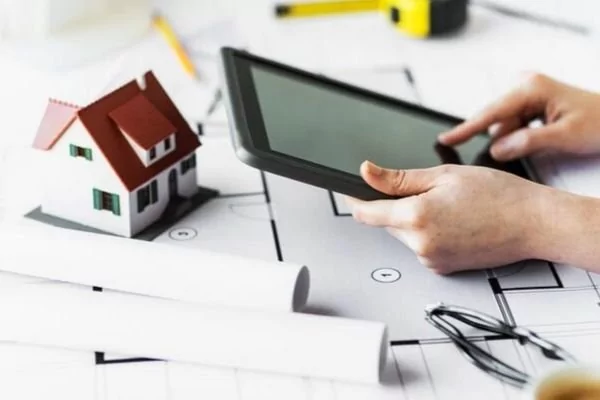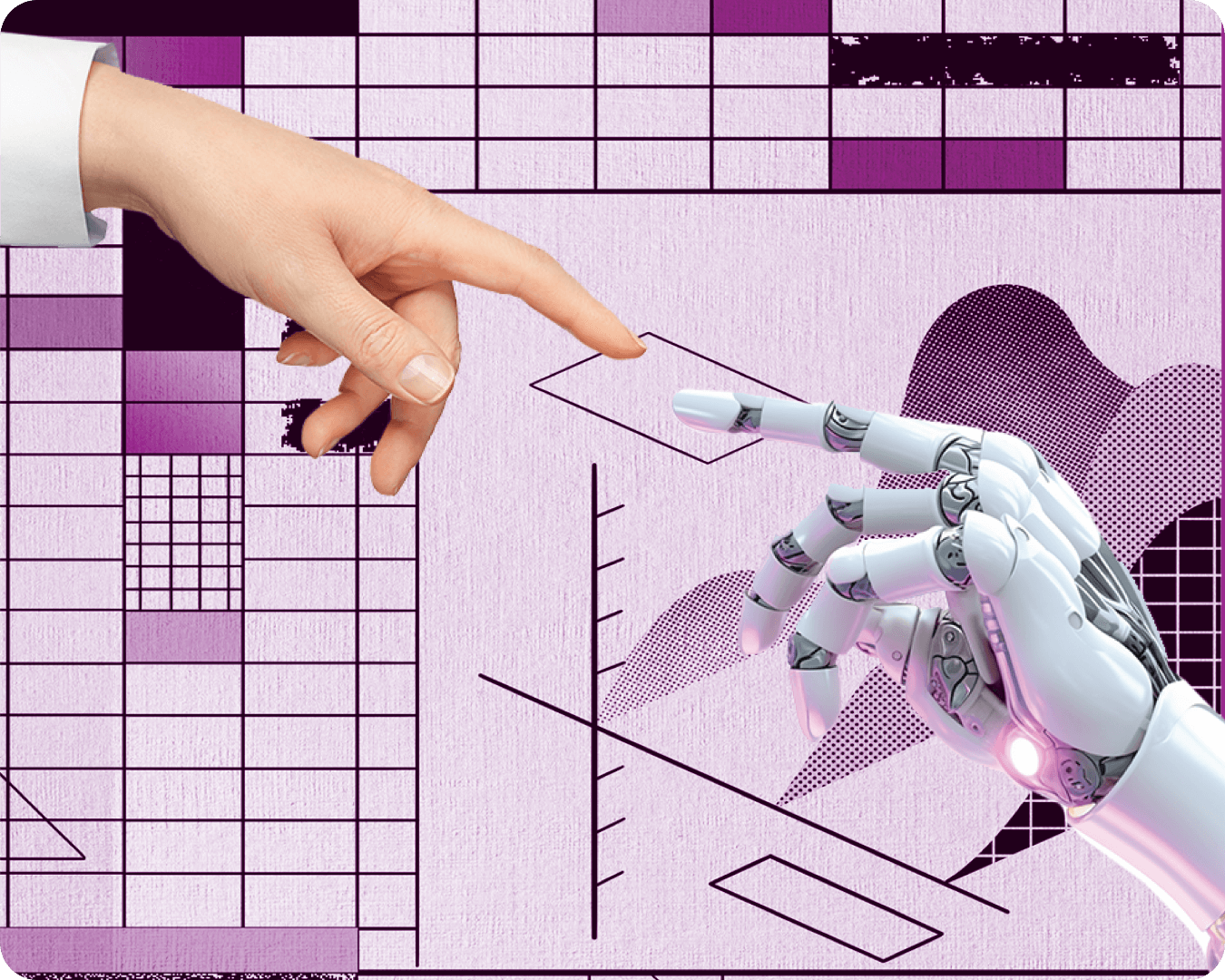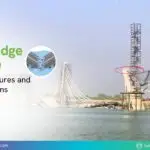5 things that have changed in construction
September 30, 2019

The construction industry goes as far back as human existence itself. I can almost imagine the first “developer” putting a few skins, branches, and some leaves as a roof over a crude lean-to and asking the folks wanting to get in out of the cold for some fruits and perhaps an arrowhead or two for the privilege of owning their own home!
The evolution of homo-sapiens brought in the industrial age. That progress led to the establishment of many industries – agriculture and construction were, almost certainly, the first ones to be discovered to cover the basic needs of food and shelter for survival. So, the industry has probably been around well before the term ‘industry’ was coined.
We have come a long way from building huts to constructing massive structures like the Burj Khalifa. And this was made possible only with technological advancements. Since completing my architecture over 25 years ago, I have been fascinated to witness the evolution of the industry.
So, here are the top 5 changes that, I believe, have transformed the construction industry in the time that I have been a witness and active participant:
1. Plan & Design
Imagine keeping manual records of every detail of the plan from its inception to the handing-over phase. And then going through reams of paper when the time comes to fix a leak or, heaven forbid, if a fire breaks out. The thought is frightening in today’s digital world, but we used to do this all the time. Studios used to be a messy affair with sheets and huge rolls of papers containing designs and plans. Duplication and inaccuracy of data both created havoc for the construction crew as well as the facilities manager. The maintenance work got hit due to the difficulty of accessing the right information at the right time.
Owing to this, digitization in the construction industry was very well received. CAD first hit the market only to be overtaken by BIM. The former aided architects and engineers whereas the latter offer an integrated platform not only for ACE but the entire fraternity on the construction site. The centralized source of information made it easily accessible to any stakeholder. Even as BIM adoption grows, today many developed nations mandate the use of BIM for large projects and many construction companies have their own BIM efforts underway.
2. Tools, Technology, and Equipment
The construction industry is dependent upon its ecosystem. The success of any construction project requires efficiency from the downstream partners and contractors. The excavation of a site, moving and assembling larger pieces or materials, faster procurement, and delivery of the material; all contribute to the success of the project.
Traditionally, there were too many gaps in communication and lags that resulted in the loss of productive hours. Much of this was due to a lack of streamlined orders and procurement, resulting in poorly timed deliveries. One of the leading causes of the lag in the procurement of material was the thumb rule estimation of quantities. With the help of technology, it has become easier to derive precise quantities of the material required and determine the right time to order them.
Evolving technology has also provided us with better earthing machines, concrete mixers, cranes, and conveyors that are efficient enough to do the heavy lifting posed by the demands of modern-era construction. Using pre-fabricated structures or structural elements, that are fabricated offsite, has become viable because of the improvement in the transport of on-site handling equipment (more on that later).
3. Construction Materials
The evolution of the construction industry didn’t happen only in connection with how the work is done. With the help of technology, we discovered and created materials that supported the plain steel and concrete structures and provided them with more strength, grace, and durability.
An array of innovative new materials is making an impact in specific areas of construction today. For e.g. honeycomb structures and forms are used for providing greater strength, polyester fiber offers durability for refitting sewers and water pipelines. Today, construction work is being undertaken at demanding locations like Arctic areas, undersea, and at radioactive sites to name a few of these extraordinary locations. The specialized materials aid the cause of out-of-the-box thinking in the construction industry.
4. Construction Methods
Gone are the days when everything was made at the construction site itself. Off-site assembly and fabrication is an established trend now. Assembling of structural elements offsite has an edge over the on-site assembly. It saves time – the most significant asset in any construction project.
Large-scale public infrastructure works are being benefitted the most with such off-site assembling of elements. Consider the Nagpur Metro project. The project zoomed ahead because of just such a synergy between offsite manufacture and on-site assembly. The pillars for the over-bridge are being constructed on-site, whereas the spans and bridges are made off-site. They are then transported to the location and placed on the pillars through machinery. This has accelerated the construction without causing problems for the public using roads.
5. Expert Systems and Artificial Intelligence
Artificial Intelligence is gradually making its way into our daily lives. Many industries have implemented and benefitted from AI. And the construction world is taking notice. The use of computerized expert systems to aid construction work is gaining momentum. Some systems help in diagnosing the effect of wind and vibration problems in structures and in verifying welding performance qualifications. AI use-cases are still scarce on the ground. But as sensor and IoT technology become more common and the amount of data available to the construction company becomes strategically important, AI is bound to go mainstream very soon.
Change is inevitable. Technology has crept into every aspect of construction. And it is letting us make what we previously thought to be impossible, possible. I wonder what the next 10 years will bring.














